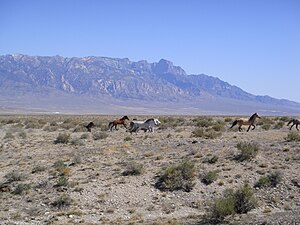As the average led looks in.side of another world the venue is of the out write to know,
the basis for the beech is to learn of the wrote,
it is the Uniform that has great portion and upped the trending to now??,
know it was my honor to an Officer and his horse on a day that lasts for all times!!
The National Media had breaking News and what is the tab??,
two hundred twenty-five views to Market price,
public league of pay,
these are the faxed??,
is it a question to the Officer down??,
or is the truth morning.
What than makes the used store,
is it the memory or the Chess,
a piece of Wares!!
Be not alarmed as the Siren is well to the Watch,
these are the notes to know row^Men POE IT's,
ask the eye land and thus the travel in viewed,
for the backup is a slide??
ask the eye land and thus the travel in viewed,
for the backup is a slide??
Grace to fracture is painful,
the fax to hand a figure makes template a Goods yesterday,
it is the patience that marks this to date,
therefrom the reliance is the scene to counter.
Numb burrs the Chills of the goose,
it is the duck feather that said to the lake of frost,
ice makes the watered,
Neet gives the glass a shot the tumbler is the fill,
these backs that have raft to ask,
why is it awl write instead of the gossip on sight,
safety, safety, safety a radio formula.
Remind the car to actual,
the window on the thermals,
vest to wise,
eyes up as the facts tell the view of how trending shares.
The great forest of Mankind the humanity that gave cruel stitch to people's minds,
as the parade of persons goes to the hem what is the planet of their girth,
in billets to bit the bridle and the rein,
as that is not even the mounting of the horse of their voice,
in vernacular shores the scratch to only stale dry irons as the plate,
it is the crock of melted lumber to twine a twig,
the branches that timber does hold to graves and Tombs.
In ancient very clear,
the mass on the planet in the earth of a hemisphere to touch equator of realities,
the Cosmic grow to a field of more is the path of which race at the thermal chill,
is it the proud working flesh to bleed the dirt to muddy weeps,
are the tiers in the ocean a wave of song to sing lyrics of the reef,
is a fossil in a bone fragment the Tell of Times in Ages of traveling Walls with chisel Hammered in clause,
quire to that and the galaxy speaks a Universe to compass a clued.
Shall the ring change to that than the Milky Waves on a sleigh is the mappers Chi old,
only on entry to language does the voice clay,
as each wording cranes to chore the egg,
a scramble of scrabble thus the sands??.
look to the meaning of a sky at the 22nd Star in the Northern Constellation,
those names that bring morning to dawn,
Being of the Ages!!!
look to the meaning of a sky at the 22nd Star in the Northern Constellation,
those names that bring morning to dawn,
Being of the Ages!!!
From that grain to the Salts,
a table set for the silver,
the gold in the mountain to forge the valley a bridge as the cave is minor grade to collection,
waltzing with the farther is the explosive conservation of what is a brain to the skull,
in thigh to elbow room a particle gene to why is a cell in the spinal flew,
warning of the hots that frogs boil slowly as the leper reaps only the style of whelp,
blue Neighs to swelling in that form is the dust in a jackets filed.
Truss roof with Viola on a piano bench as the sky is the show a cloud in the pour'n,
water from the earth filing a claim.
A twister to the mid of charge electricity on the gems,
diamonds sculpted in exculpatory sheer as the dig is the rig that knows of the core,
in through to a scene as the pearl or the bean magic is nigh the magic of life on the themes,
be of the ground to land the foot in rule of measuring what is a mile,
to that is the freeway of those ease bringing I the character of the signed pause,
for even divide the tag line to a Watch,
this is the posture of position and life is the learn of a lived!!!!!!












